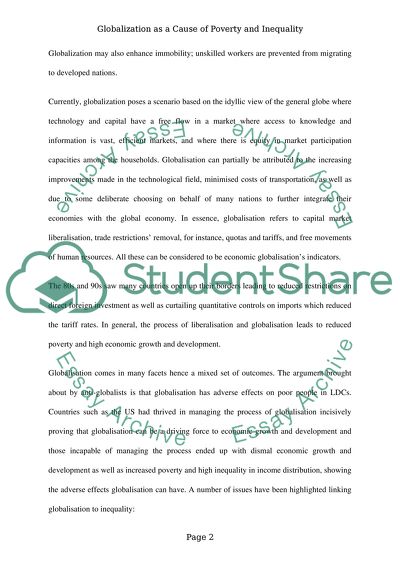Cite this document
(“Globalisation as a Cause of Poverty and Inequality Essay”, n.d.)
Globalisation as a Cause of Poverty and Inequality Essay. Retrieved from https://studentshare.org/macro-microeconomics/1402732-is-globalisation-the-cause-of-poverty-and
Globalisation as a Cause of Poverty and Inequality Essay. Retrieved from https://studentshare.org/macro-microeconomics/1402732-is-globalisation-the-cause-of-poverty-and
(Globalisation As a Cause of Poverty and Inequality Essay)
Globalisation As a Cause of Poverty and Inequality Essay. https://studentshare.org/macro-microeconomics/1402732-is-globalisation-the-cause-of-poverty-and.
Globalisation As a Cause of Poverty and Inequality Essay. https://studentshare.org/macro-microeconomics/1402732-is-globalisation-the-cause-of-poverty-and.
“Globalisation As a Cause of Poverty and Inequality Essay”, n.d. https://studentshare.org/macro-microeconomics/1402732-is-globalisation-the-cause-of-poverty-and.


